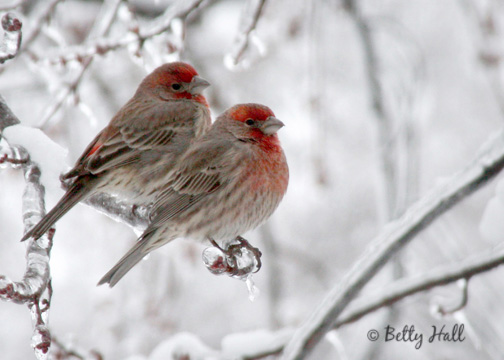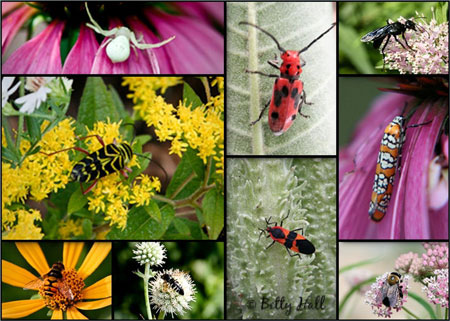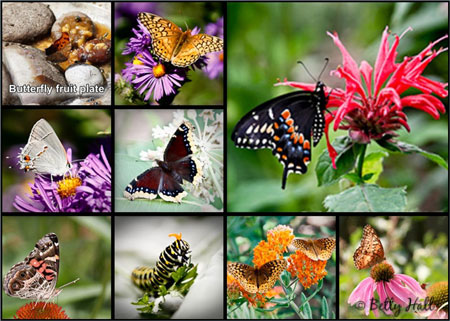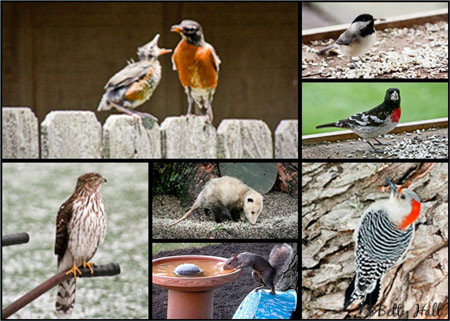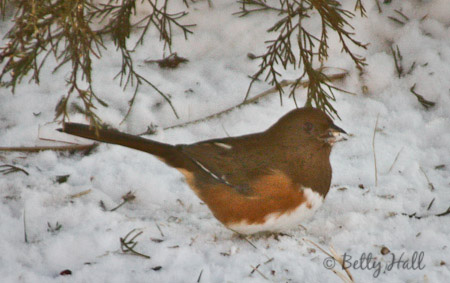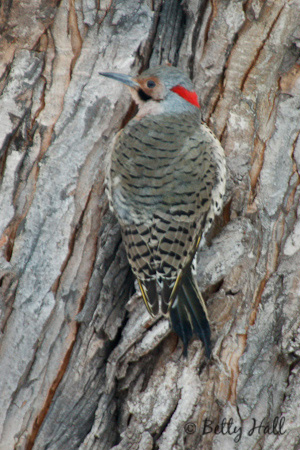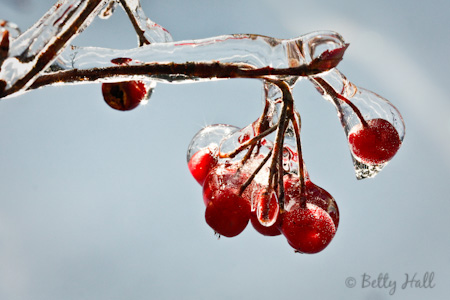Woodlands and Prairies is a magazine for folks who “care about their piece of this Good Earth.” Each year, the holiday issue features stories from readers about what they are doing to create healthier environments.
I submitted the story of our backyard and am pleased to have it included in the 2010 holiday issue. It was a special bonus when they asked to use my Winterberry photo on the cover, and this photo of two male House Finches (Carpodacus mexicanus) on the inside cover.
You can read the article about our backyard. Note: the PDF is 1.2 MB, and may take a few minutes to download.
I think Woodlands and Prairies does a good job of informing, inspiring, and connecting folks who are concerned with healthy land management – whether suburban yards or country acreages. I hope you’ll visit their website: www.woodlandsandprairiesmagazine.com.

